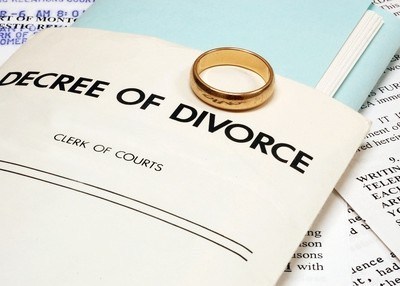Blog Posts
- Adultery
- Children
- Community Spotlight
- Divorce - Custody
- Divorce - Finances
- Divorce Preparation
- Domestic Violence
- Health Insurance
- Legislation
- Prenuptial Agreement
- Relationship
- Spousal Tales
Quick links
How to File for Divorce in Massachusetts

If you have made the decision that you are ready to be divorced, then the next step is to file for divorce. In Massachusetts, you can either file a contested divorce or a joint petition for divorce. A joint petition for divorce means that both parties have agreed upon the terms of the divorce as related to finances and children (if applicable). A contested divorce means that the parties have not agreed upon the terms of the divorce as related to finances and children (if applicable).
A general rule of thumb is that if you are not sure whether your divorce should be filed as contested or uncontested, then it should be filed as contested. A party can go for a contested divorce and still work out an agreement after the divorce complaint is filed.
Frequently, one party wants to be divorced and the other party does not. It is important to note that neither party gains the court’s favor by being the party that filed for divorce.
The divorce documents should be filed in the county’s Probate and Family Court where one of the parties resides. Click here for a list of courts .
Once the divorce is filed, the party filing (plaintiff) will receive a summons that must be sent to the opposing party with the complaint about divorce. The summons and complaint must be served via an uninterested party over 18 years of age or the defendant can sign and notarize the summons. It is best practice to have the summons served on the defendant via a constable or sheriff. The summons and complaint must be served to the defendant in hand.
If you have any questions regarding filing for divorce, service of the summons, or additional requests of the court that may be filed along with the complaint, then you should contact a lawyer prior to submitting any forms to the Court.
The following packets contain a checklist and necessary forms for divorce. They DO NOT contain any forms to make requests of the court pending the outcome of the divorce.
Contested Divorce Documents
- Complaint for Divorce without children
- Complaint for Divorce with children
Uncontested Divorce Documents
- Joint Petition for Divorce with children.
- Joint Petition for Divorce without children.